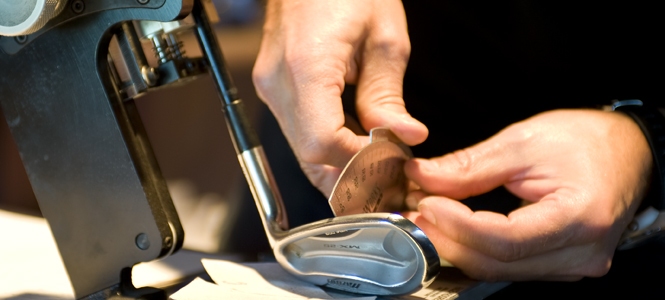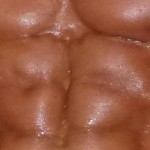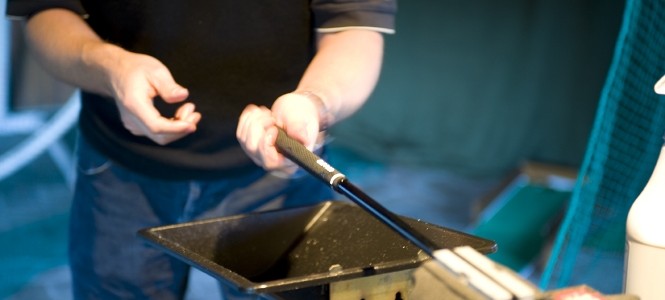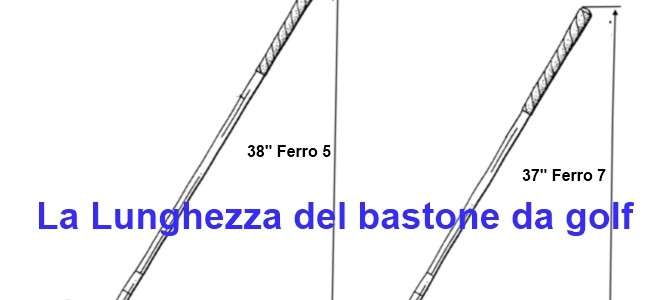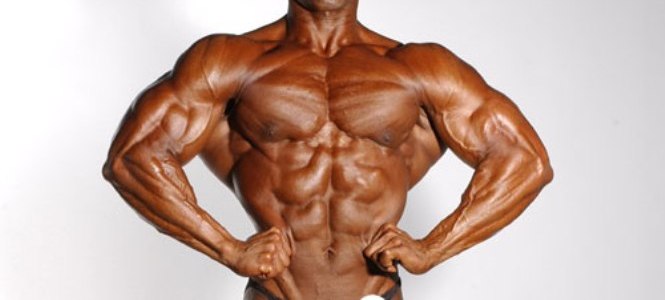The Latest
-
Damage Control For Holiday Eating “Accidents” (Part 1)
-
Orthorexia and the New Rules of Clean Eating (Part 2)
-
Orthorexia and the New Rules of Clean Eating (Part 1)
-
1,000 Sit Ups And Crunches A Day And Still No Abs
-
Clima invernale e perdita di grasso: il freddo fa ingrassare?
-
Muscle Recovery: Essential to Your Next Workout
-
Carb Cycling Guide for Athletes
-
Lo Shaft
-
Meal Planning Is Not The Opposite Of Flexible Dieting
-
Damage Control For Holiday Eating “Accidents” (Part 2)
-
How An Entire Year Could Go By With No Fat Loss
-
Body Wraps and Waist Wraps: The difference between losing fat and losing inches
-
Nutrition Label Lies & Loopholes: Serving Size Sleight of Hand
-
Rieducazione Del Ginocchio Dopo Operazione Di Ricostruzione LCA – La Mia Esperienza
-
It’s Not About the Body Fat
-
Lesione Del Legamento Crociato Anteriore (LCA) e Operazione Di Ricostruzione: La Mia Esperienza
-
The Sad Truth About New Years resolutions
-
Burn The Fat Summer Challenge 2012: How I Have Succeed And Got “Most Ripped Man Over 50” Award. My Interview
-
Burn The Fat Summer Challenge 2013….Ancora in gioco….
-
Everything You Need To Know About Loose Skin And Weight Loss
-
The Low Body Fat Secret Of Bodybuilders & Fitness Models
-
The Double-Edged Sword of “Healthy” Fast Food
-
Steady State Cardio 5 X More Effective Than HIIT????
-
Il loft… a ognuno il suo
-
The New Visualization Breakthrough: Mental Training Tactics For Health And Fitness Success
-
2 Cardio Mistakes You’re Still Making
-
Killer Abs! Old School Style
-
Odontoiatria: Come ho risolto la terza classe scheletrica o morso inverso con linea mediana across….la mia esperienza
-
The Low Carb Diet Cheat Sheet Accelerate Your Fat Loss With 1 Simple Food Tweak
-
Tom Venuto’s Holiday Fitness Challenge to You
-
How To Go From Calorie Clueless To Calorie Competent
-
Il Clubfitting applicato al putt e le sue variabili
-
The 2 Pounds Per Week Rule and How to Burn Fat Faster
-
P90X – P90X2 Hybrid. Per me un risultato eccellente.
-
An Insanely Effective Type of Interval Training
-
Once an Endomorph Always an Endomorph? (Can Your Body Type Change?)
-
New HIIT Research: A Practical Model For High Intensity Interval Training
-
Bodybuilding Nutrition:The World’s Most Balanced Diet Program?
-
What No One Is Telling You About Calories In VS Calories Out
-
The Doctor Says, “Aerobics Will Kill You!”
-
Il bastone da golf su misura e le 22 variabili su cui intervenire
-
PSYCH-K® – Italiano
-
How I Got “Ripped” Abs For The Very First Time
-
The Truth About Fast Weight Loss
-
Health And Fitness Is Not A 12-Week Program
-
P90X Vs P90X2 I due programmi a confronto.
-
P90X2 – P.A.P. LOWER + P.A.P. UPPER
-
Why Some People Quit And Some People NEVER Give Up
-
No Pain No Gain: Fitness Myth or Ultimate Fitness Truth?
-
L’angolo di lie….un imperativo!
·
-
The Little Thing in Your Head That’s Keeping You Fat
-
A “Mind Training” Technique That Makes You Stronger
-
Il Grip….”Je damo du giri de nastro….”
-
LA LUNGHEZZA DEL BASTONE DA GOLF
-
P90X2 DI BENE IN MEGLIO…SECONDO ME
-
Q & A: Intensity or Insanity: How Much Training Effort is Enough?
-
Bounce: Guardiamolo meglio…
-
P90X – Ritrovare la forma…la mia esperienza
-
TrackMan III con TPS video o Flightscope X2i complete ?
·
-
Build a Bigger Chest in 3-4 Workouts or Less
-
How To Lose 20 Pounds Really, Really Fast!
-
Clubfitting – Questo Sconosciuto
-
Un Corso in Miracoli – La mia esperienza
·


























